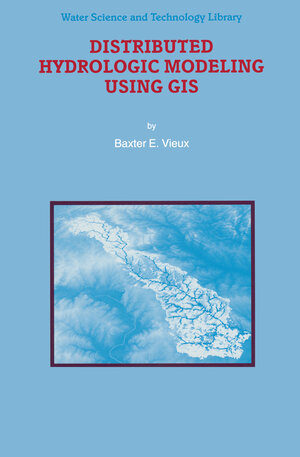
×
![Buchcover ISBN 9789401597104]()
„Although this book is generally concerned with surface runoff and flood periods, the conceptions and methods, as well as the method of utilizing GIS for distributed models, are remarkably useful. Careful study of this excellent book will help achieve understanding of GIS-based distributed modeling, and it is highly recommended to students, teachers, researchers, and engineers involved in hydrology, water resources, and environmental sciences.“ (Bulletin of the American Meteorological Society, May 2002)
Distributed Hydrologic Modeling Using GIS
von Baxter E. VieuxDuring ten years serving with the USDA Soil Conservation Service (SCS), now known as the Natural Resources Conservation Service (NRCS), I became amazed at how millions of dollars in contract monies were spent based on simplistic hydrologic models. As project engineer in western Kansas, I was responsible for building flood control dams (authorized under Public Law 566) in the Wet Walnut River watershed. This watershed is within the Arkansas-Red River basin, as is the Illinois River basin referred to extensively in this book. After building nearly 18 of these structures, I became Assistant State Engineer in Michigan and, for a short time, State Engineer for NRCS. Again, we based our entire design and construction program on simplified relationships variously referred to as the SCS method. I recall announcing that I was going to pursue a doctoral degree and develop a new hydrologic model. One of my agency's chief engineers remarked, „Oh no, not another model!“ Since then, I hope that I have not built just another model but have significantly advanced the state of hydrologic modeling for both researchers and practitioners. Using distributed hydrologic techniques described in this book, I also hope one day to forecast the response of the dams I built.




